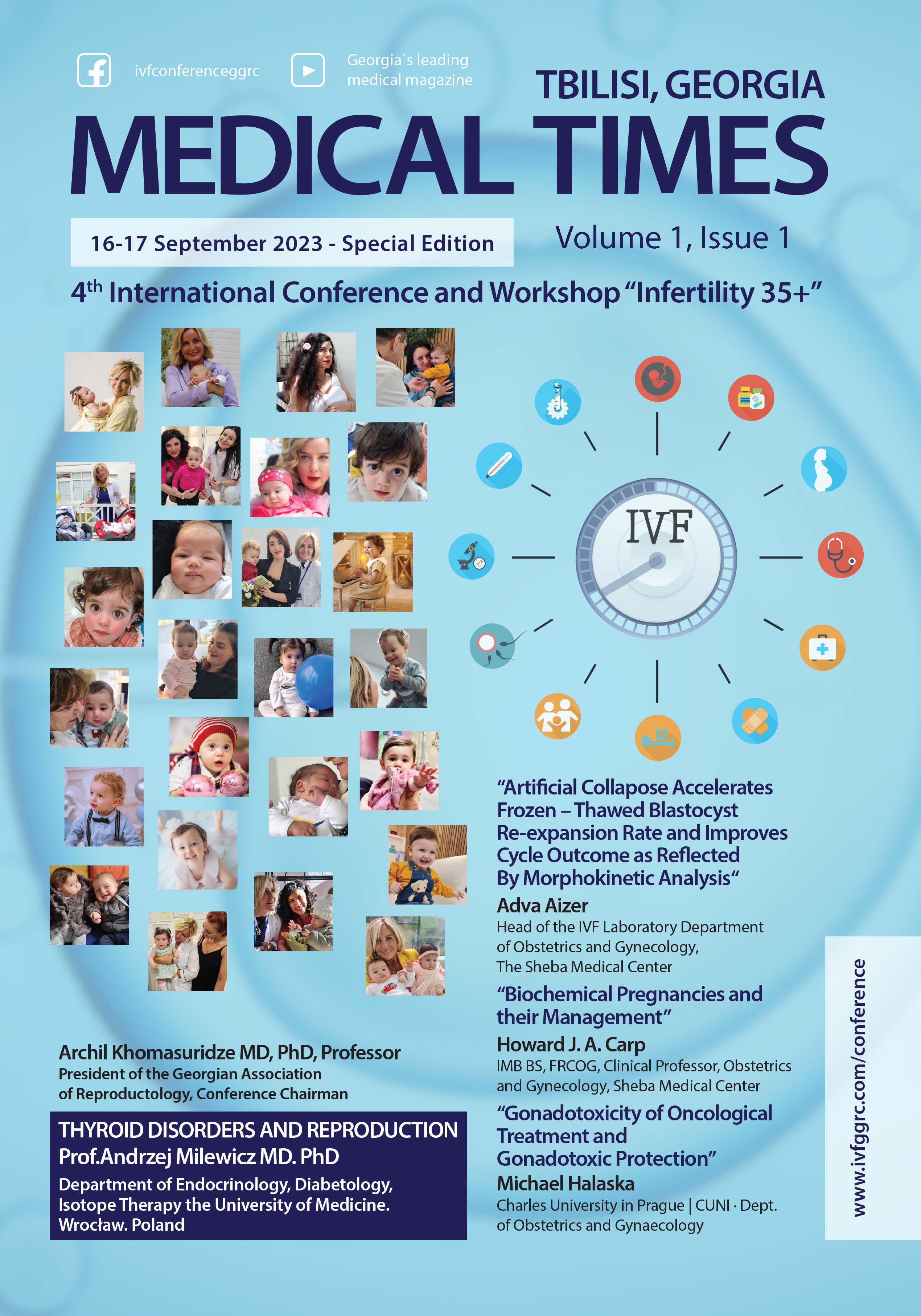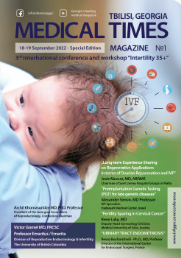Supercharged Mechanical Stromal-Cell Transfer (MEST)
DOI:
https://doi.org/10.71419/mtggrc.2023.2Keywords:
PRP, fat-derived stromal cells, regenerative medicine, MEST method, PPP, cell viability, mechanical separationAbstract
PRP and fat-derived stromal cell applications are the most commonly used regenerative medicine methods. PRP has a broad spectrum of indications. Due to their advantages, mechanical methods have recently become very popular in fat-derived stromal cell applications. Combining these two methods has produced more successful results, providing reassurance about the effectiveness of the MEST method. This combination combines two products obtained separately before they are administered to the patient. In this study, fat tissue and blood samples obtained from eight volunteers were mixed with PPP, a new idea not previously reported in the literature, and stromal cells were obtained mechanically with sharp blades (adinizing). Later, the obtained PRP was added to the final product and became “supercharged.” The results were tested by the dual fluoroscopy method for cell number and viability, and the results obtained were analyzed statistically. By adding the plasma to the oil before stromal cells were obtained and cutting with sharp blades by mechanical separation, twice the volume and 4.7 times more cells were obtained compared with that obtained in the saline group (P < 0.001). We believe that the reason for this is the “binding” effect of the proteins in the plasma. This approach provided a higher cell count using PPP, a “waste product,” and increased potential efficiency by adding PRP. However, the clinical results of this innovative method should be evaluated with advanced clinical studies. (Plast Reconstr Surg Glob Open 2021; 9: e3552; doi: 10.1097/GOX.0000000000003552; Published online May 10, 2021)
Downloads
Published
Issue
Section
License
Copyright (c) 2024 COPCU H. ERAY (Author)

This work is licensed under a Creative Commons Attribution 4.0 International License.
In case an article is accepted for publication it is allowed to combine the article with other research, to conduct new research on the article, or to make different arrangements on condition that the same license is used including commercial purposes.
As an author of an article published in the Medical Times, you retain the copyright of your article and you are free to reproduce and disseminate your work.














